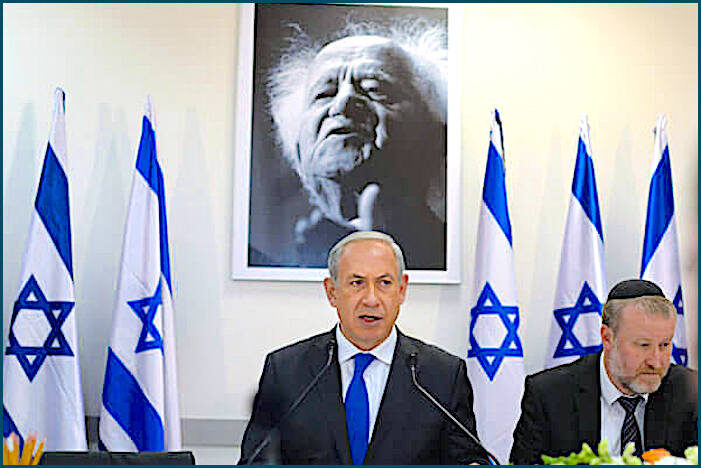
But Friedman is being typically romantic about Israel. As Thomas Suarez's new book Palestine Hijacked: How Zionism Forged an Apartheid State from River to Sea demonstrates, terrorism has always been a means through which the Zionist movement has achieved its goals. Using compelling and detailed historical documentation Suarez shows how the Zionist movement has consistently applied terrorist methods from the pre-state years (against both Palestinians as well as British forces, including international operations and including senior ministers), to the years following the state's establishment in the form of state-terror. Occasionally the terror even targeted Jews, if it served what seemed to be a greater Zionist cause. In other words, the Israel that Thomas Friedman "knew", was not the real Israel. It was simply a fantasy.
Using primary historical records, much of it from the British National Archive, Suarez delves into Zionist movement history to show how terror was used as means towards achieving its goals. And since these goals are not fully achieved, the terror continues.
The book excels in recounting many moments of Zionist terror throughout history that might not be as well known to the general reader. For example, Suarez shows how the famous 1947 UN "Partition Plan", which gave the Zionist settlers who were merely a 1/3 of the population the lion's share (55%) of historic Palestine, was influenced by fear of Zionist terror, which officials at the time were very aware of. He also reflects on the single most deadly terror operation the Haganah carried out, the bombing of the refugee ship Patria in 1940 which killed 267 Jewish displaced persons, and delves into the Qibya massacre of 1953, commanded by Ariel Sharon, which involved the killing of 69 Palestinian civilians (half of them women and children) and the bombing of 45 houses. Suarez shows how Sharon was not a rogue terrorist, but following "Central Command's orders." Reading the book is like reading a long chain of horror stories, much of it is simply hard to take in, but there is meaning in reading such detailed documentation - it tells a story. And that story is ongoing, it did not end in the 40's nor in the 50's. No, this historical reflection provides the necessary context to how and why this same story continues to today.
It is not by chance that the UN fact-finding mission on Gaza in 2009 found that Israel's actions were meant to "punish, humiliate and terrorize" the Gazan civilian population - 70% of whom are refugees. Or that Benny Gantz, the supposed liberal rival to Benjamin Netanyahu, boasted in an election campaign video of returning Gaza to the "stone age" as army chief of staff. Those onslaughts were based upon the "Dahiya Doctrine" coined by Gadi Eisenkot, another former army chief of staff and supposed anti-Netanyahu liberal, which advocates "disproportionate force" and inflicting "enormous damage and destruction" upon Palestinian civilian areas, which are simply deemed "military bases". Yes, Israeli terror continues to today, albeit in a much more organized, stately fashion. Its power has been in its ability to portray itself as deterrence, not as terror.
I've been in correspondence with Suarez over the years and he tells me that he believes the Zionist narrative is also its Achilles' heel. I tend to agree. It does not hold up to historical scrutiny, and when that history is documented, it doesn't look good.
Itamar Ben Gvir is a more populist loudmouth than Benny Gantz or Gadi Eisenkot. As someone who is associated with terrorism even by Israeli definition, he incited against Itzhak Rabin who was murdered in 1995, Israel's defenders fear he will spoil the country's image. But we are quick to forget that even if Itamar Ben Gvir became Prime Minister, he would not at all be the first of of a kind. Menahem Begin and Itzhak Shamir of the Irgun and Stern Gang Zionist terrorist movements, let alone Ariel Sharon, all became prime ministers.
Suarez's book shows that these most recent elections have not brought us a "new Israel" which is radically different from the "Israel we knew", but it is the very same Israel. The Zionist narrative has simply been exceptionally good at erasing and whitewashing its crimes. Some of the most compelling, and in a sense easier to digest material of the book, is in Suarez's grand summaries, which have an exceptional flow and carry a moral call to action. Thomas Suarez's Palestine Hijacked is here to remind us that Zionist terror was there from before the establishment of the state, that it continued, and that it is still ongoing, until we stop it.




Reader Comments
Zionist founder Theodor Herzl : ‘’If you will it, it is no dream.”